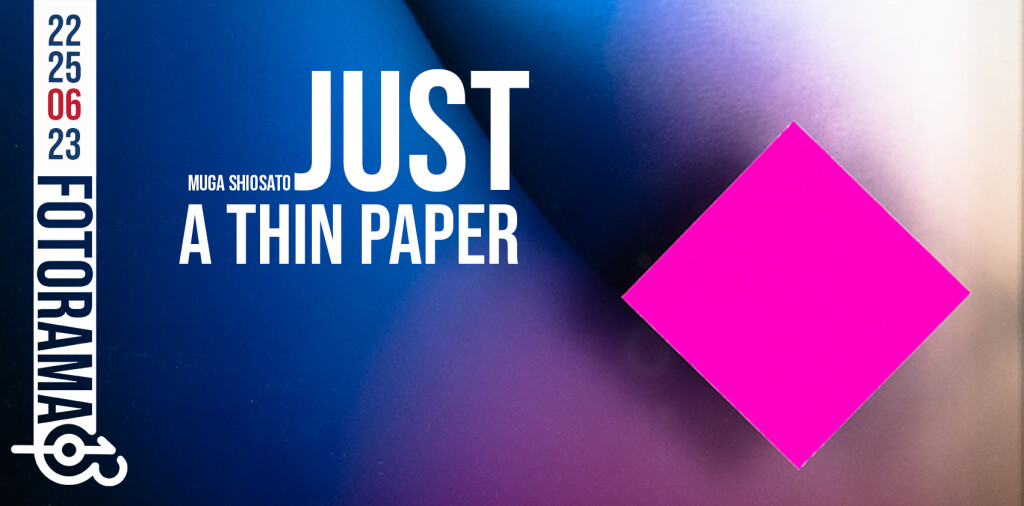Samo Tanki papir (2021) je serija živopisnih fotografskih radova koje je kreirao MUGA, sa inicijativom istraživanja složenosti različitih ljudskih osobina poput kreativnosti, subjektivnosti i svih zemaljskih želja koje neko može da poseduje. Budući da je nekada bio profesionalni snouborder, MUGA je često bio fotografisan kao subjekt, što ga je navelo da veruje da je fotografija uglavnom vođena performansama i da se u mnogim prilikama manipuliše.
Ljudi imaju tendenciju da traže različita značenja u fotografijama, kao što su tuga, ljutnja i radost, ali ovo samo ide dalje da demonstrira neizbežni disparitet između subjektivnosti gledalaca i namere umetnika. MUGA upoređuje takav fenomen sa senkom u Platonovoj pećini, navodeći da je senka koju zatvorenici vide, iako je njihova stvarnost, samo delić stvarnog sveta.
Uprkos tome što je podržavao kritički stav prema fotografiji, MUGA je shvatio da je često zarobljen u predubeđenju da fotografija oponaša istinu, s druge strane, često se smatra da su fikcije geneza kreativnosti. Živeći u društvu punom informacija, gde se fotografija usuđuje da bude simbol istine, MUGA smatra da se samo u prepoznavanju fikcija može shvatiti „praznina uma“.
Kroz manipulaciju krhkim papirom, MUGA namerava da poboljša subjektivnost vizuelizujući jaz između stvarnog i fiktivnog, pozivajući gledaoce u okean slika. U ovoj seriji radova, MUGA dovodi u pitanje krajnju neophodnost istine.
Just a Thin Paper (2021) is a series of vibrant photographic works created by MUGA, with an initiative of exploring the complexity of various human properties like creativity, subjectivity and any earthly desires that one might possess. Being a professional snowboarder once, MUGA was often being photographed as a subject, which led him to believe that photography is principally performance-driven and on many occasions, manipulated.
People tend to look for various meanings in photographs, such as sorrow, anger, and joy, however this only goes further to demonstrate the inevitable disparity between the viewers’ subjectivity and the intention of the artist. MUGA compares such phenomenon with the shadow in Plato’s Cave, stating that the shadow the prisoners see, albeit being their reality, is only a fragment of the real world.
Despite upholding a critical view towards photography, MUGA realised that he’s often trapped in a preconception of photography emulates the truth, on the other hand it’s often being considered that fictions are the genesis of creativity. Living in a society full of overflowing information, where photography dares to be the symbol of truth, it’s in MUGA’s opinion that only in recognising fictions, one may realise “the void of the mind”.
Through the manipulation of the frail paper, MUGA intends to enhance subjectivity by visualising the gap between the real and fictitious, inviting the viewers into an ocean of images. In this series of work, MUGA questions the ultimate necessity for truth.

